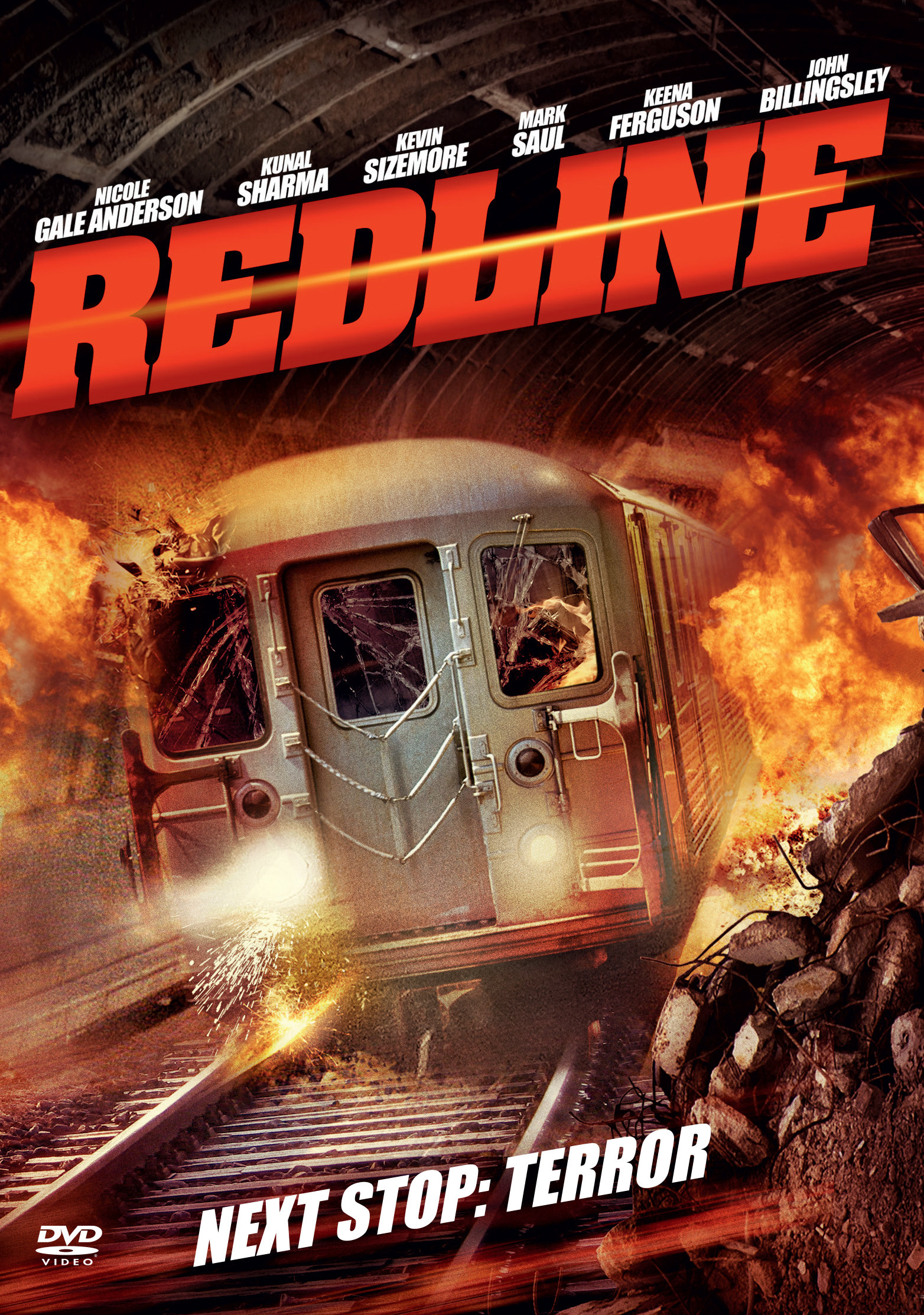

Through this alchemy of ideas and landscapes, The Thin Red Line stands alone among war films as one filled with poetry and magic. This element makes the film, despite being an obviously linear story, feel more like a poetic examination on the human soul at the verge of decay rather than an account of a battle. The magic of these voiceovers transcend mere plot dynamics, as all of these narrations work together a collective cry to the whatever is beyond the physical world for answers to their current predicaments. Here the masterful voiceover narration of Malick's style works as a subjective vehicle for the inner mechanics of each character trying to find individual meaning, but never as a strictly narrative form. It's the kind of doubt over what’s to come of their lives, the purpose of war, what gives sense to their sacrifice in this battle of gigantic proportions, and what the value of their actions might be in the face of eternity. Throughout the movie, the characters engage in inner monologues which intertwine anger, frustration, fear, desire, and most of all, doubt.

As mentioned before, the ever-present matter of life and death in war films is her explored in deeper philosophical terms, interrogating what gives meaning to both of them.

The film’s first scenes, featuring Jim Caviezel as Private Witt, begin the questioning about death and what’s beyond it. Related: The Best Movies Featuring an Ensemble Cast, Ranked It’s something beyond what’s palpable to the eye, something that is being brought out of the very bottom of their souls and into the world through their sight. It's something that goes beyond the numbness or pain in reaction to the abominable sights of the battlefield. There is something in The Thin Red Line beyond what is usually seen in the faces of actors playing soldiers at war. Nature then not only is a conceptual passageway to the ethereal and holy, but a physical dimension in which a game of domination takes place and this brings upon the horrors that the soldiers face. Almost as to say that both life and death, horror and beauty are one and the same, two sides of a coin, an ever-existing duality which the human soul must learn to make peace with, as wherever there might be joy there will forever be tragedy, soon to follow. One of the most iconic deaths scenes in The Thin Red Line is followed by a shot of the treetops and the light coming through them, as the sound of a gunshot is swallowed by waves crashing down. Whether it's the father and mother in The Tree of Life or the man and woman in Badlands, there is frequently a dialectical clash between two things, usually nature and man, beauty and cruelty, or innocence and corruption. Whether it’s represented by fire and water, horror and beauty, nature and grace, or the visible versus non-visible, the balance, relationship, and mutuality of what’s earthly and what's celestial, is at the core of the moral, spiritual, personal and holistic conflict of his entire work. Probably the most recognizable metaphor set by nature in all of Malick’s films is in the form of dichotomies.


 0 kommentar(er)
0 kommentar(er)
